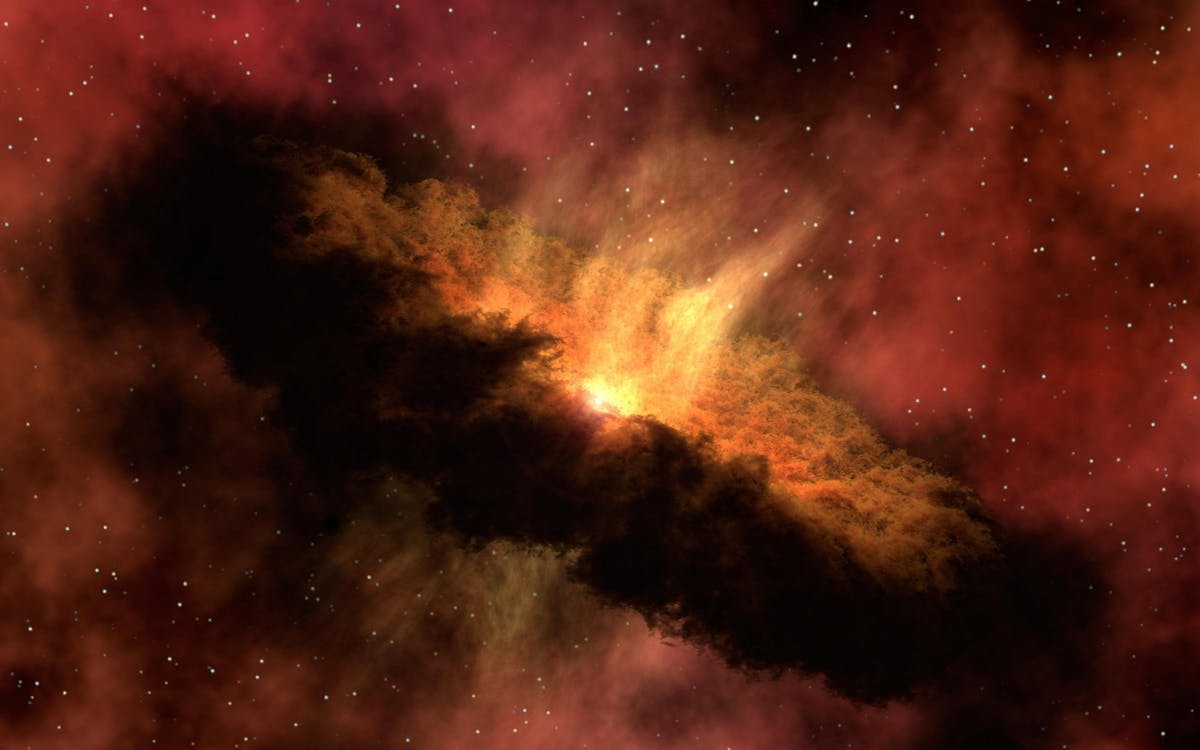Introduction
The universe is a vast and complex system that has intrigued humans for centuries. Scientists and researchers have been trying to understand the origins of the universe for a long time. One theory that has been developed to explain the origins of the universe is the Big Bang Theory. This theory explains how the universe began and how it has evolved over time.
The Big Bang Theory is a cosmological model that explains the origins of the universe. According to this theory, the universe began as a singularity, a point of infinite density and temperature. This point then underwent a rapid expansion, causing the universe to expand and cool. This expansion and cooling allowed for the formation of the first particles, atoms, and eventually stars and galaxies.
Evidence supporting the Big Bang Theory
The Big Bang Theory is supported by a range of scientific evidence, including :
1: Cosmic Microwave Background Radiation - This is the afterglow of the Big Bang, and it is the oldest light in the universe. It has been detected by a number of satellites, including the COBE, WMAP, and Planck spacecraft.
2: Abundance of Light Elements - The Big Bang Theory predicts that the universe should contain a certain amount of light elements, such as hydrogen and helium. Observations have confirmed that the universe does indeed have the predicted abundance of these elements.
3: Hubble's Law - This law states that the universe is expanding. This expansion is a key prediction of the Big Bang Theory and has been confirmed by observations of distant galaxies.
4: Large Scale Structure of the Universe - Observations of the large-scale structure of the universe, such as galaxy clusters, also support the Big Bang Theory.
Challenges to the Big Bang Theory
While the Big Bang Theory is widely accepted in the scientific community, it is not without its challenges. Some of the challenges to the theory include:
1: The Horizon Problem - This is the question of how distant regions of the universe became so similar. The theory predicts that these regions should be too far apart to have had any interaction, yet they have similar properties. Some researchers have proposed solutions to this problem, such as inflation theory.
2: Dark Matter - The Big Bang Theory predicts that the universe should contain a certain amount of matter. However, observations suggest that there is more matter in the universe than can be accounted for by visible matter alone. This is known as the dark matter problem.
3: Dark Energy - Observations also suggest that the universe is expanding at an accelerating rate. This acceleration is thought to be due to a force called dark energy, but its nature and origin are still poorly understood.
Conclusion
The Big Bang Theory has been a cornerstone of cosmology for decades, providing a model for the origins and evolution of the universe. While the theory has faced challenges, it remains the best explanation for many observations of the universe. As new evidence and observations become available, the theory will continue to be refined and improved, providing a deeper understanding of our place in the universe.
![In the Know with Informium: Discovering [The World] In the Know with Informium: Discovering [The World]](https://blogger.googleusercontent.com/img/a/AVvXsEgcDyR0p1ytrjUEjbVNRJ1Rt66C4X1HYJkQZjuSh_BLJNHQVjppjSqTkcbP2tqgWZ84RhZMkFxCHCC-SxGuMPnSww7DG8x0MVE6d7sDvaEGkbPJuvtq_uY2i7hHDjuprQUzeDt2QcAcWChEFl49Huojm3fLHYpSjoXabD75WmhgSI2yfCktm3WuB86PMQ=s150)
